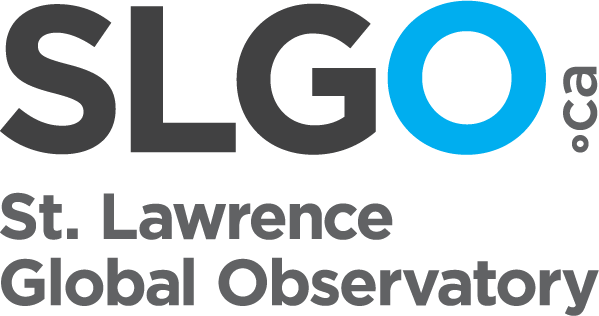Terrestrial stable lights at night mostly represent light from human settlements and industrial sites with electricity. We thus used lights at night as a proxy of coastal infrastructure development.
The data come from the Nighttime Lights Time Series. Nighttime light products are compiled by the Earth Observation Group at the National Oceanic and Atmospheric Administration’s (NOAA) National Centers for Environmental Information (NCEI). They use globally available nighttime data obtained from the Visible Infrared Imaging Radiometer Suite (VIIRS) Day/Night Band (DNB) of the Defense Meteorological Satellite Program (DMSP) to characterize global average radiance composite images at a 15 arc-second (~200 m) resolution.
We used the annual Version 1 Nighttime VIIRS DNB composites between 2015 and 2016 to characterize coastal development in coastal areas of the St. Lawrence.
It is possible to consult the scientific report of the eDrivers project: Characterizing Exposure to and Sharing Knowledge of Drivers of Environmental Change in the St. Lawrence System in Canada and the additional data. It is possible to consult the application eDrivers.
REFERENCE:
Christopher D Elvidge, Kimberly Baugh, Mikhail Zhizhin, Feng Chi Hsu & Tilottama Ghosh (2017) VIIRS night-time lights, International Journal of Remote Sensing, 38:21, 5860-5879, DOI: 10.1080/01431161.2017.1342050


